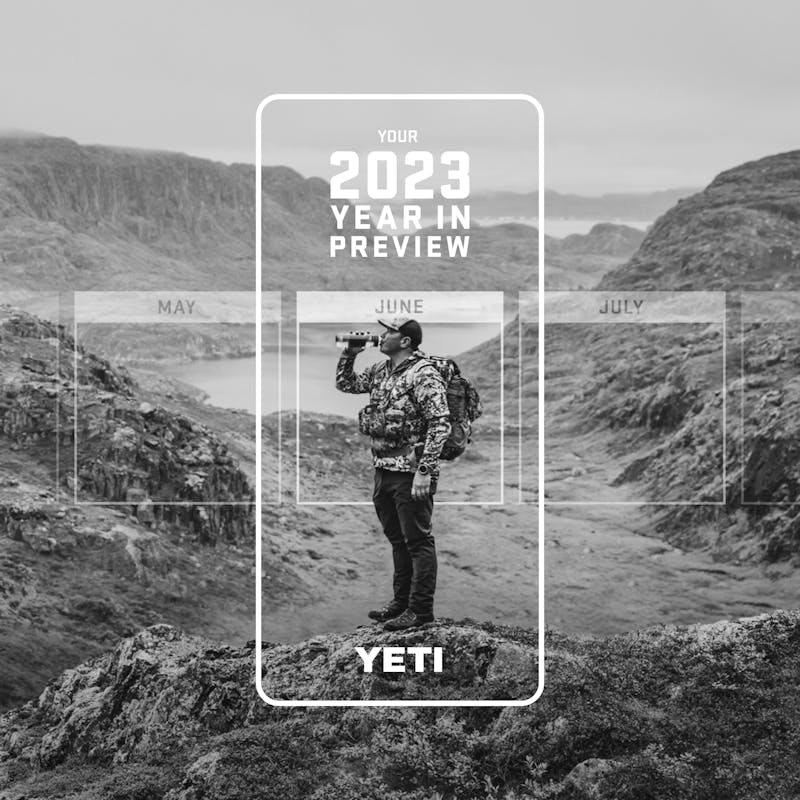Top Interactive Agencies | Q&A with Michael Treff
New York headquartered agency Code and Theory has grown exponentially since its founders started playing with ideas that combined art and technology back in 2001. It now has offices in New York, San Francisco, London Atlanta, Irvine, and Manila.
Today, C&T’s website says that it ‘intents to be unclassifiable in a cluttered agency landscape.’ However, its description as a company that lives at the intersection of creativity and technology seems accurately apt.
We caught up with Michael Treff, President of Code and Theory, to ask him about the companies approach to UX design. He is in an excellent position to give us an overview since, from his New York office, he oversees the agency’s output and client roster, across 6 offices and 500 employees.
Since joining the company in 2011, Michael has fostered the agency on practices on Data, Analytics, and Research (DAR), Creative Technology, Branding and Identity, Experiential Marketing, Industrial Design, and Business Consulting.
Prior to joining C&T, Michael was the Co-Founder and Creative Director of Soundscreen Design, a boutique product design company within Warner Music Group.
In your opinion, what ingredients are key to create a successful UX/UI design?
To create a successful UX design it is critical to have a deep understanding of the priority problems we intend to solve for end users. In this way, you will ensure that the work you are creating will be compelling and impactful.
Often there are false hypotheses about what needs fixing or preconceived thoughts on what behavioral insights should drive the design. The first step for us is to validate or disprove the hypothesis so that we can prioritize and focus on the right problems and insights.
Then, we work in tight collaboration between our data team, strategists, designers, researchers, copywriters, and tech teams. This way of working helps us to rapidly envision possible futures in forms we can then test, learn from and ideate on.
Tactically, we also create a work environment that helps foster collaboration and ideation: dedicated war rooms, mixed seating arrangements to facilitate cross-pollination of ideas, close and frequent collaboration with clients empowered to make decisions, great taste and strong convictions (loosely held, of course).
Could you share what research methodologies you use more often and which ones give you a greater insight?
Audience analysis and segmentation helps us understand who we are engaging and their motivations, and more importantly, their behaviors so that we can design a solution with this in mind.
Benchmarking and landscape analysis inform us to the status quo and how we can best differentiate, subvert and leapfrog it. It’s also important for clients to understand where our efforts will focus in comparison to their direct, indirect/experimental, and perceived competition so we establish baselines to compare progress against. But we never stop there, otherwise we’d be relegated to delivering yesterday’s solutions to tomorrow’s evolving expectations.
Experience mapping is critically important for us to get into the heads of customers, and obsessively deliver value to them at critical points in their experience with the clients we serve. End to end journey mapping also helps us to connect the content, workflows, touchpoints, data, supporting services or systems, strategies and activations to best understand how the business facilitates customers achieving their goals. In that way the best brands become platforms to enable their customers to become their best selves, really.
Concept validation testing & usability testing help us gut-check what we’re envisioning to build with clients, why and how. The feedback is invaluable in discovering the nuanced details that really make our work shine to delight clients and their customers with truly thoughtful and valuable services and experiences.
Can you give us some examples of your experience dealing with usability studies, eye-tracking study, field study, or focus groups?
Some of our best collaborations involved deeply embedding within newsrooms to contextually understand the editors, their needs, and the complexity and challenges faced within their newsroom to produce compelling stories for their readers.
For NBC News, we focused on creating a flexible, yet distinct design system that could span everything from new verticals of coverage to the core news properties, networks—down to the show level.
Our teams co-located at 30 Rock for a year to have immediate access to internal teams for rapid ideation and iteration. Article templates — a highly valuable part of the reading experience — were thrown into usability tests as soon as iterations were available to ensure readability & comprehension and to understand revenue implications for our design and strategic decisions that necessitated altering the ad placements within the experience.
How do you imagine the UX/UI concept to work in the future?
We’ve recently re-organized our UX department to fully address this exact question, essentially splitting the department into four component parts for greater focus, specificity, training, and role clarity.
UX has become too nebulous of a term, meaning too many things to too many different people. To alleviate this problem, we split the historical UX group into:
• Experience Strategy (which focus on the design system, features and functionality that make up an experience),
• Interaction Design (which focuses on the front end UI),
• Content Strategy (which focuses both on content engineering and editorial strategy),
and moved all of our researchers into the • Data, Analytics and Research team.
This move has allowed for more effective management of both people and design output. That said, there are many forces that will continue to act on what is currently viewed as UX/UI in the industry.
We’ve seen a shift towards VUI and natural language input (which at times can present no UI at all), necessitating a deep understanding and seamless choreography between data, taxonomic vocabularies, and underlying systems that need to come together seamlessly to truly feel like a natural, conversation interface.
As more devices, systems, platforms, and “things” become connected, the work our teams do will need to be systematically considered to ensure a seamless experience. This choreography needs to be designed flexible and scalable to be able to grow as business needs change and user behavior evolves and mutates.
At the end of the day, people should never have to see or deal with a business’ organizational or technical complexity. It’s our job to make it so.
How did you get started in the industry?
I got started by chance! I needed a job that had a steady income, and I had lots of experience making things so I thought it was a natural progression to work in the service of making things for other companies and consumers.
Are there online publications, professionals, industry leaders you follow?
Not sure if he is considered an industry leader, as he is more a philosopher, but I do read everything Alain de Botton publishes.
Please list a few of your favorite digital brands:
I do not believe in silo’ing the criteria to a channel (digital), I believe in looking at brands holistically, as consumers do.
That said, Adidas (in full transparency, they are a client of ours) has done a remarkable job pushing the creativity and innovation in their digital experiences and activations, even into connected retail in meaningful and interesting ways. They have truly found a way to live the ethos of their brand across the entire spectrum of their experiences and communications.
What do you like doing in your free time?
Watching basketball and cooking… they seem to somehow go together perfectly.












